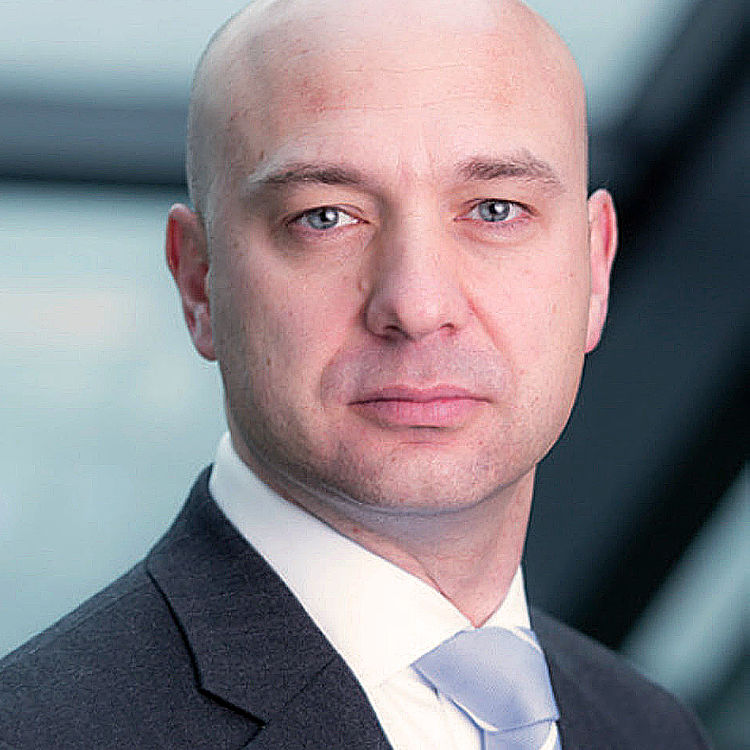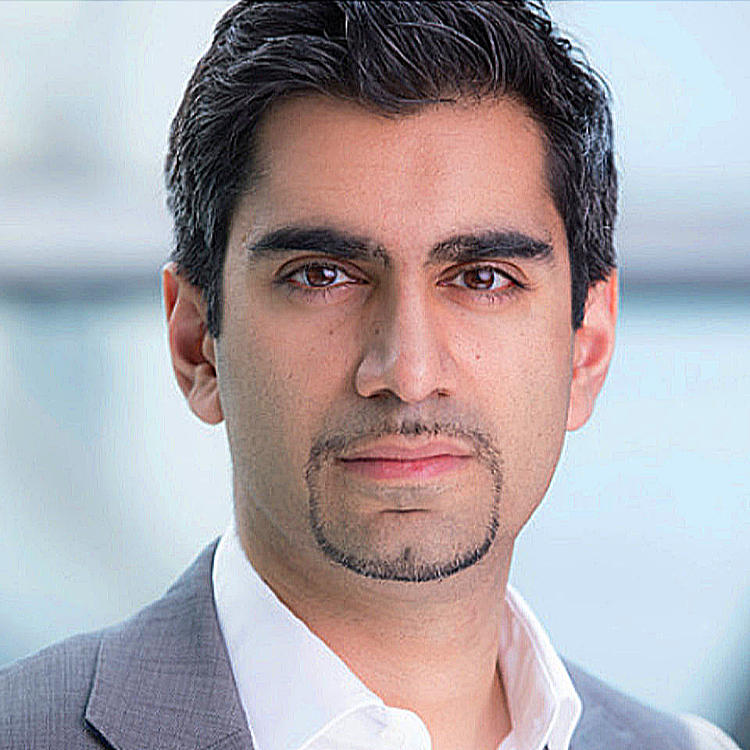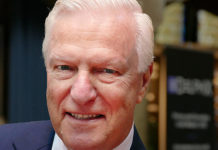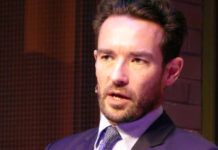Nicholas Bean, Head of Electronic Trading Solutions, and Ravi Sawhney, Head of Fixed Income Automation at Bloomberg speak to The DESK.
How much of the fixed income trading lifecycle can be automated?

Nicholas Bean: All functions of the trade life-cycle, from negotiation, trade capture, confirmations to settlement, are open to being automated. For certain types of orders, on some securities (e.g. micro to odd-lot for liquid government bonds), these functions can be fully automated, leading to a nirvana ‘zero-touch’ state in which orders from the portfolio manager (PM) are fully executed automatically, with execution traders managing a small exception queue and optimising the machine. These types of orders are usually referred to as ‘low-touch’.
What qualities does data need to have in order to support automation?
Ravi Sawhney: Automation is achievable when it can be fuelled with high quality data. For example, if portfolio managers are emailing orders to their execution desk in unstructured formats, it is virtually impossible to automate the execution flow without running into errors. Thankfully, these days most investment firms require the PM to enter into an Order Management System (OMS), which typically feeds an Execution Management System (EMS) used by the execution trader.
This systematisation of fixed income order handling means the data is available in a structured and well-defined format. Industry initiatives such as FIX and FpML should also be credited with helping to achieve a common language to describe securities and orders between software systems, both internally within organisations and across vendors.
Which fixed income instruments have the most potential for progress on this front?
Ravi Sawhney: The ‘low hanging fruit’ for automation are liquid instruments associated with orders up to a size deemed to have negligible market impact. This could be on-the-run government bonds, or investment credit bonds that are well quoted by most market markers. Vanilla interest rate swaps and even credit default swap indices lend themselves to automation, especially during the roll period.
What impact might the expected volatility over the next year have on progress?
Nicholas Bean: Volatility does not mean automation has to be turned off, it just requires a more careful control by the trader through the periods of turbulence. Airplanes provide a good analogy. While pilots have their hands on the controls for take-off (start of day) and landing (close of day), during cruise (intraday) they will take over from the autopilot only if they are confronted with situations that take the machine out of its comfort zone. Over time, the machines can learn to spot patterns and identify what triggers traders to take over and what they do in those situations. This allows them to improve their own auto-piloting skills.
What are the economic drivers for positive change towards greater automation?

Ravi Sawhney: It won’t come as a surprise, but most investment firms are under constant pressure to improve productivity. This has been exacerbated by the emergence of new competitors that use technology to operate and market their products from the outset. Automation can help here, by allowing firms to scale through the use of technological as well as human capital.
Automation means, for example, that when an investment firm takes on a significant new mandate, it does not need to scale up with human traders at the same rate as before. It can deploy machines to augment the ability of human traders, who can redirect their time to more profitable tasks. This approach of complementing humans with machines can result in measurable productivity gains for the firm.
The increased regulatory overhead since the crisis is another key driver for the adoption of automation. Asset managers, for example, have to look at their counterparty lists not as single dealer franchises but legal entities (LEIs). Machines can interpret these compliance rules faster than a human trader, and more critically they are not prone to error, if programmed correctly.
Finally it should be noted that the explosion in passive investment strategies over the last decade lends itself to automation.
What are the technological catalysts fuelling the drive towards automation?
Ravi Sawhney: There are three key factors that explain why automation is now more prevalent in the minds of fixed income leaders. First, as we alluded to earlier, availability of high quality, structured data is one of the key reasons, without this automation would not get off the ground.
The second factor is that systems are able to talk to each other through Application Protocol Interfaces (APIs). Orders can move seamlessly from the OMS to EMS to the venue thanks to APIs and rules that govern the interactions between these systems.
The third one, still in its emergence but getting the lion’s share of the attention, is data science. Data science interplays with automation as it allows more tasks to be automated, especially those that require sophisticated judgement calls. Equipped with data and machine learning techniques, technology could replicate these tasks with a degree of accuracy that was simply not possible a few years ago.
Which steps do trading desks need to take right now?
Nicholas Bean: The first step for the desk is to carve out a logical separation between high-touch and low-touch orders. Desks need to ask themselves: what are the criteria associated with low-touch orders? Is the goal to fully or partially automate these orders? What controls need to be in place to protect the desk? How will the success of automation be measured?
Part of establishing this framework requires the traders to write out their dealer selection and best execution rules so they can be codified into the machine. Automation should be approached iteratively to begin with, so all the stakeholders gain comfort in the process.
Finally, whilst the focus of this discussion has been on fixed income, it should be noted that most investment firms are looking to automate cross asset, including futures, equities and FX.
Would you like to learn more about Bloomberg Electronic Trading Solutions? Click here to show your interest and get invited to our webinars and roadshows across Europe.
©Markets Media Europe 2025




















